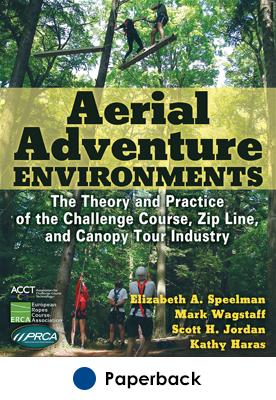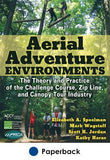Aerial Adventure Environments
Author: Elizabeth A. Speelman , Mark Wagstaff Scott H. Jordan Kathy Haras
Aerial Adventure Environments: The Theory and Practice of the Challenge Course, Zip Line, and Canopy Tour Industry With Web Resource provides a comprehensive and practical introduction to the aerial adventure industry. The first of its kind, this text combines the key components of high and low ropes challenge courses, zip lines, canopy tours, and aerial adventure parks into one essential guide for students and existing professionals.
Written by leading experts with both practical experience and theoretical knowledge in the field and endorsed by the Association for Challenge Course Technology (ACCT), the Professional Ropes Course Association (PRCA), and the European Ropes Course Association (ERCA), this complete resource contains the foundational information needed to understand the industry of aerial adventure environments. It provides practitioners with the tools they need to lead successful adventure experiences whether they are working directly with participants, designing and building structures, training staff, or conducting operational and marketing activities.
Key terminology is clearly defined early in the text and is used consistently throughout, facilitating a complete understanding of the concepts referenced. Readers will learn about the historical beginnings and global development of the industry, the theory and fundamentals behind aerial adventure programming, facility and equipment management, personnel training, and operational guidelines. The text presents practical information on understanding the desired outcomes of a variety of clients and how to design and deliver safe, effective, and inclusive adventure experiences with consideration for self-directed, guided, and facilitated experiences. The discussions of professional competencies and current industry issues and trends, as well as tips on how to obtain training, equip readers for success in the profession.
Chapter objectives, summaries, and review questions reinforce learning, and Putting It Into Practice elements illustrate practical applications of the content. Twenty-one checklists and forms in the accompanying web resource provide real-world value and include sample participant evaluation forms, job descriptions, challenge course questionnaires, program plans, and more. Special features throughout the book highlight four themes critical to the aerial adventure environment profession:
- Risk Management sidebars demonstrate how the management of risk must be embedded in every stage of the experience.
- Active Participatory Experience sidebars emphasize the hands-on nature of aerial adventures, whereby participants choose their level of challenge and their own adventures.
- Industry Standards sidebars cover best practices for subjects such as equipment selection, facility development, practitioner competencies, and management decisions.
- Social Justice and Human Diversity sidebars focus on the recent expansion of participants in aerial adventure experiences and the importance of inclusivity.
Aerial Adventure Environments is at the cutting edge of this exciting and fast-growing sector of the outdoor adventure industry and is an invaluable resource for navigating the industry and understanding current practices, philosophies, and trends.
AUDIENCE
Upper-undergraduate and graduate students in recreation courses, such as aerial adventure programming, team building leadership, ropes course facilitation, challenge course programming, and adventure education and facilitation. Also a reference for recreational professionals who lead adventure experiences.





